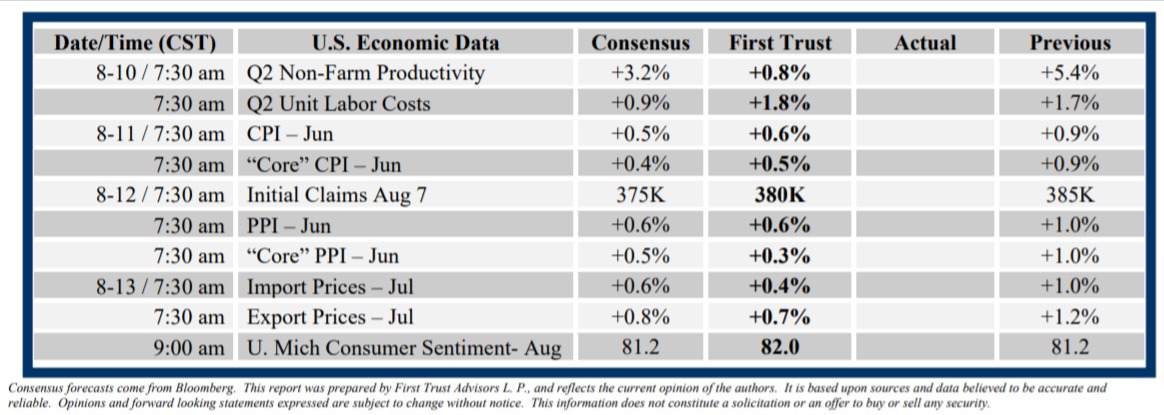In an ideal world, analysts and investors wouldn’t have to spend much time, perhaps none at all, trying to manage around changes in government policy. In that world, government – be it in terms of spending, taxes, or regulation – would be small and consistent enough to not require much thought.
Unfortunately, we don’t live in that world. Government is WAY too big. As a result, we spend more time than we should trying to figure out what the government is going to do next. Three major issues related to government policy are now looming large among investors’ concerns.
First, when is the Federal Reserve going to start tapering quantitative easing (QE)? This one is probably the easiest to answer among the three, with Fed policymakers recently going on record suggesting the Fed will announce a tapering of QE by the end of this year and actual tapering starting in January 2022. Given our forecast of continued solid economic growth and inflation exceeding the Fed’s projections, we think the Fed will conclude tapering by the end of 2022, perhaps even by September 2022. In turn, that means the Fed will start considering rate hikes by 2023.
The second question is about fiscal policy, which might still be under debate as you read this piece. The US Senate is voting on a so-called infrastructure bill, which is likely to pass very soon, if it hasn’t already in the past several hours. Although sometimes touted by politicians and the media as $1 trillion that is fully paid for without tax hikes, the Congressional Budget Office recently scored it as raising discretionary spending by $415 billion in the next ten years while lifting budget deficits by a total of $256 billion, which means it’s not fully paid for.
The key to remember in the near term is that the bill will still have a long way to go after passing the Senate. It looks like Speaker Pelosi will hold the bill hostage in the House until she can get enough votes for a completely partisan (and much larger) spending and tax bill that the left-wing of her party wants. But what if that other partisan bill can’t pass in the Senate because some relatively moderate Senate Democrats balk? Put it all together and you have a political Rubik’s Cube that will take months to solve.
Our base case is that late this year we get a bill – or bills – with total extra spending of about $2.0 trillion with some tax hikes. But it’s possible – we’d put the odds at about 20% – that it doesn’t get solved and the whole legislative project blows up, which would mean no extra spending and no tax hikes. This is not our base case, but shouldn’t be casually dismissed, either.
If they pass, what kind of tax hikes are we looking at? A top tax rate of 39.6% on regular income (currently 37%), a corporate tax of about 25% (currently 21%), and a top capital gains and dividends rate of 24% (currently 20%, well below the 39.6% the Biden Administration proposed). The Biden Administration would like to eliminate the step-up basis at death for capital assets, but we think that’s a bridge too far for Congress.
The last question is whether we’re going to have another COVID shutdown, like we had in 2020. That seems doubtful. We think a shutdown would be perceived by the country as a step backward against the virus at a time when Democrats are in control of the White House, the House, and the Senate, and the party trying to pass key legislation. If a shutdown results in a Republican victory in the Virginia governor’s race in November 2021 that would make it even harder for moderate congressional Democrats to vote with the Biden Administration on taxes and spending. Look for more mask mandates and limited vaccine mandates, but not shutdowns.
Put it all together and what we have is a country that is spending too much time thinking about the government, which means less time thinking about innovation or producing goods and services that people really want. Hopefully, in the years ahead, we can focus more time on economic creation, and less time on thinking about government policy.
